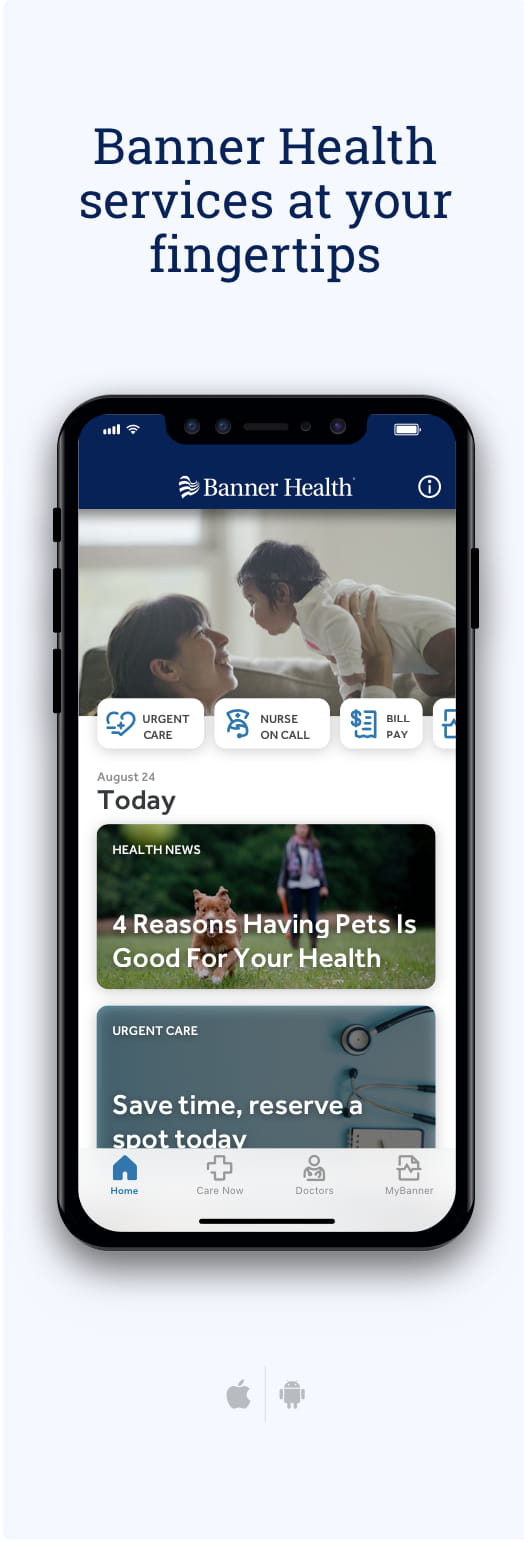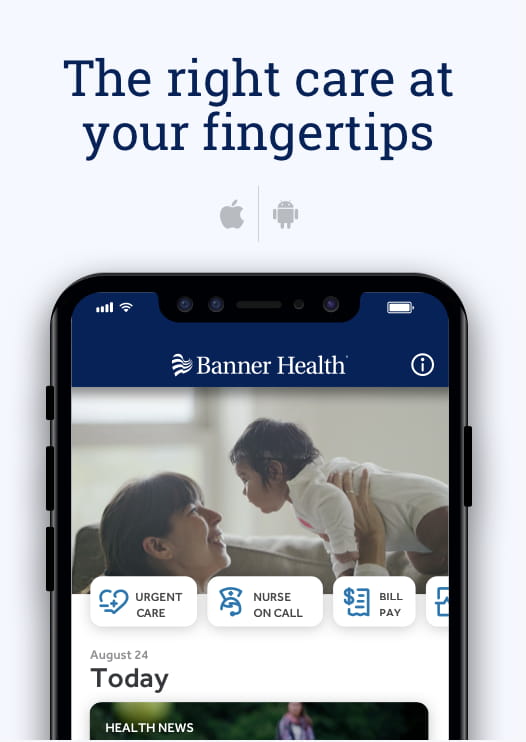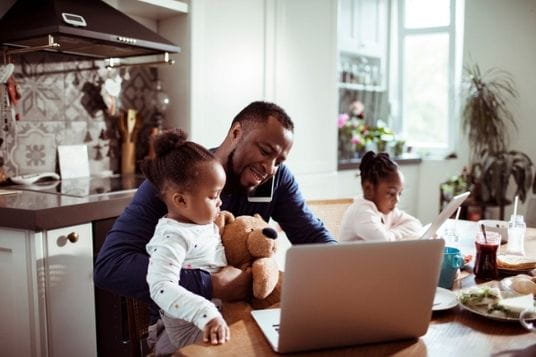It happens in a second. You hear your child cry out after they tumble off the playground equipment or after a hard fall during a soccer game. At first, you may think it’s just a bruise or sprain.
But when the pain doesn’t go away, the swelling looks worse or your child can’t move their limb, worry sets in. Could it be more than a simple injury?
For children and teenagers, broken bones often involve the growth plate. Most of the time, growth plate fractures heal well. But if left untreated, they can affect normal bone growth in the long run.
If your child has an injury that might affect the growth plate, it’s important to know what to look for and what to expect. Here are four key things every parent should know about growth plate fractures.
1. What exactly is a growth plate fracture?
“Growth plates are areas of soft cartilage at the ends of long bones in children and adolescents,” said Deric Nye, DO, a pediatric orthopedic surgeon with Banner Children’s. “These areas are where new bone forms as kids grow taller.”
Because these plates are softer than the surrounding bone and ligaments, they are more vulnerable to fractures or breaks. The most common causes of growth plate fractures include:
- Falls
- Sports injuries, such as baseball, football, soccer, gymnastics and skiing
- Car accidents
- Overtraining or specializing too soon in one sport
When a child stops growing, typically around mid-to-late adolescence, the growth plates close or fuse to form solid bone. An injury to a growth plate before it fuses can cause the plate to close prematurely and stop bone growth.
2. What symptoms should I look for?
It’s not always easy to tell the difference between a sprain and a growth plate fracture. Both cause pain and swelling. But with fractures, you might notice:
- Pain when pressing over a bone or joint
- Swelling and tenderness, especially around the wrists, knees, ankles or bones in the wrist and fingers
- Inability to move the limb normally
- The joint or bone is looking out of its correct position
If you notice these symptoms, don’t wait to see if they improve on their own. Seek medical attention.
[Also read, Does My Child Have a Broken Bone?]
3. Are all growth plate fractures the same?
Health care specialists use the Salter-Harris classification system to describe how a fracture crosses the growth plate and bone. They divide them into five types:
- Type I: The break goes right through the growth plate.
- Type II: The most common type. The break goes through the growth plate and into the shaft of the bone.
- Type III: The break crosses part of the growth plate and breaks off a piece of the bone end. This usually happens in older kids, as the center of the plate starts to harden.
- Type IV: A more serious break that goes through the shaft, growth plate and the end of the bone.
- Type V: Rare but serious. This happens when the growth plate is crushed by a strong compression force.
4. How are growth plate fractures diagnosed?
If you suspect a break, take your child to an urgent care clinic or emergency room (ER) immediately. Urgent care is suitable for less severe fractures. An ER is for more serious fractures or injuries, such as heavy bleeding or a bone visibly out of place.
Your health care team will do a physical exam and order imaging. “Pain when pressing over a bone is suggestive of a fracture,” Dr. Nye said. “But the gold standard test to identify a growth plate fracture is an X-ray.”
If more detail is needed, your child may need additional imaging, such as a CT scan or MRI. The care team will likely refer you to a pediatric orthopedic specialist or a doctor who specializes in the musculoskeletal system.
[Also read, Helping Your Child Prepare for Medical Imaging Visits.]
5. What does treatment look like?
“Most growth plate fractures heal well with casting,” Dr. Nye said. “But in certain instances, surgery may be required to limit the risk of future complications down the road.”
Here’s what to expect:
- Mild fractures: Rest, casting or splinting are usually enough.
- Severe fractures: Surgery may be needed to keep the bone in the right position.
- Healing time: Kids generally return to activity in six to 12 weeks, depending on the bone involved.
Follow-up visits are important. Your child’s fracture will be watched carefully to ensure the most successful long-term results. Without monitoring, growing problems may go unnoticed until later.
Tips to prevent growth plate fractures
Not every bump, bruise or accident can be avoided—especially with active children. But there are steps you can take to lower your child’s risk of a growth plate injury:
- Wear protective gear: Helmets, pads and proper footwear help prevent sports and playground injuries.
- Teach safe play: Remind kids to follow rules in sports or on playground equipment.
- Mix it up: Encourage a variety of activities to prevent the same bones and joints from being under constant stress.
- Rest matters: Ensure your child has downtime between practices, games or activities to allow their body to recover.
- Check in with coaches: Good coaching includes teaching safe techniques, warm-ups and stretching.
Visit our blog for more information on preventing broken bones in children.
Takeaway
Growth plate fractures are common in active children, but most heal very well with prompt and proper care. Knowing the signs, types and treatment options can help you act quickly and protect your child’s growth.
If you think your child may have a growth plate fracture, don’t wait. Schedule an appointment online with a Banner Urgent Care near you or with a Banner Health specialist.


